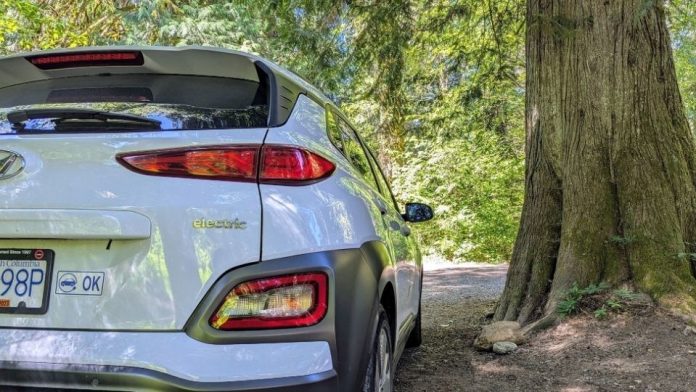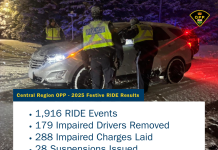
As summer heatwaves roll in, many electric vehicle (EV) drivers worry about how high temperatures, and heavy air conditioning use, will affect their range. But data from Geotab Inc. and its affiliates (“Geotab”), a global leader in connected vehicle solutions and asset management, shows that while hot weather does have an effect, driving speed can be the single biggest factor in range loss.
Using anonymized telematics data from over 3 million trips,* Geotab has compared how temperature and speed affect energy use in light-duty EVs, including sedans and cargo vans. At higher speeds (50-80mph) in hot temperatures (86°F/30°C), aerodynamic drag has a far greater effect on range than cabin cooling.
The data shows that even modest increases in speed lead to steep range losses. For example, a 65 kWh electric van cruising at 50 mph in 86 °F heat with the air conditioning on has a typical range of around 143 miles. Increase that speed to 60 mph, and range drops to 121 miles. At 70 mph it falls further to 103 miles, and by 80 mph, you’re down to just 88 miles. That’s a 39% drop in range between 50 and 80 mph.
The pattern is similar for electric sedans, though they’re slightly more aerodynamic. At 50 mph at 86°F, you can expect 277 miles. At 60 mph: 251 miles. At 70 mph: 226 miles. And at 80 mph: 200 miles – a 28% drop from the most efficient cruising speed.
This sharp decline comes down to physics. The faster you go, the more your car has to fight air resistance. Aerodynamic drag increases with the square of your speed, so doubling your speed requires four times the energy just to overcome wind resistance. That’s far more than your A/C system will ever use.
“Drivers tend to worry about using the aircon in hot weather, but our data shows that your right foot can make the biggest difference, particularly at high speeds,” said Charlotte Argue, Senior Manager, Sustainability, at Geotab. “Just slowing down by 10 or 15 mph can extend your range by 20–30%, depending on the vehicle.”
Temperature still matters; but mostly at low speeds
In summer, the impact of heat is largely visible at lower speeds, where drag is otherwise minimal. In these conditions, the constant draw from air conditioning becomes more noticeable. But the faster you drive, the less significant temperature becomes relative to the energy required to maintain speed.
“Modern EVs have increasingly large batteries, and many can comfortably handle most daily driving – including fleet routes – on a single charge,” added Argue. “But range, on EVs or ICE vehicles, will always vary with real-world conditions: temperature, topography, traffic, and yes, speed.”
Practical steps to maximise EV range this summer
Geotab recommends a few simple techniques to help drivers stretch range without compromising comfort:
- Reduce your speed – even small reductions in highway speed can make a big difference. For many vehicles, dropping from 70 mph to 60 mph can add 10–20% more range.
- Precondition the cabin while the vehicle is still plugged in, using gridpower rather than the battery.
- Use A/C efficiently – start cool, use recirculate mode, and if equipped, prioritise seat ventilation over full cabin cooling.
- Avoid aggressive acceleration and braking, and make the most of regenerative braking.
- Park in the shade to keep the cabin cool and reduce A/C load at start-up.
- Avoid fast charging during extreme heat, which can put additional strain on the battery and may contribute to faster long-term degradation.







